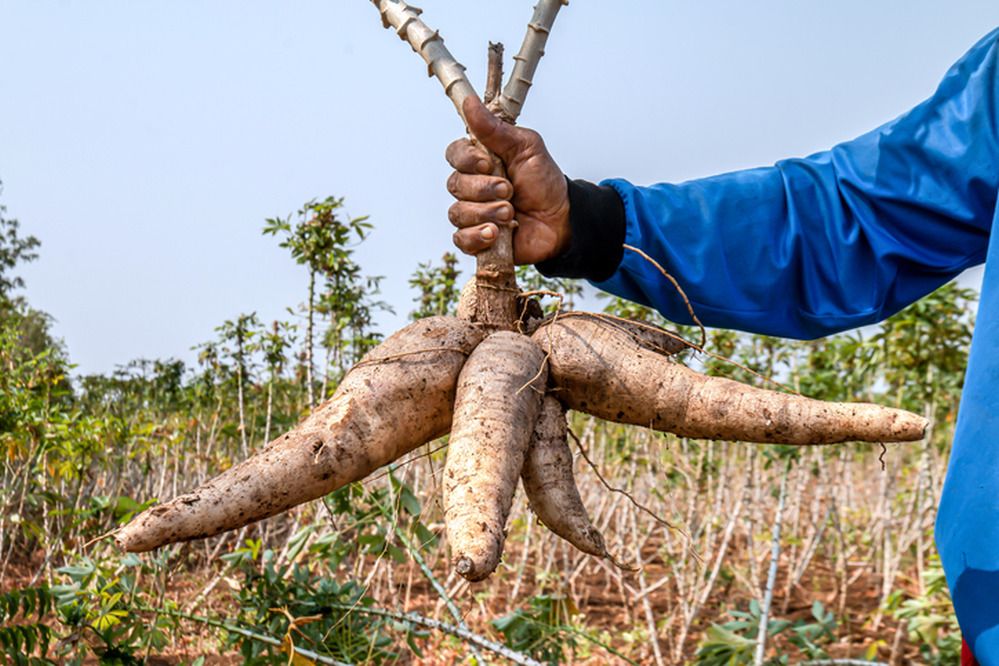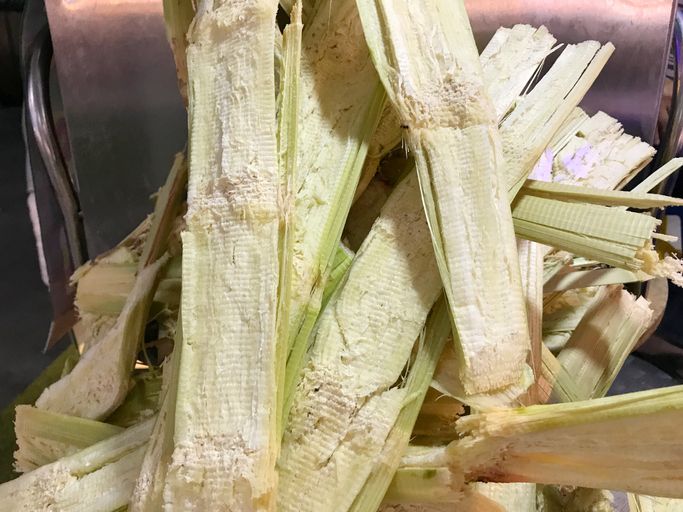The sustainability credentials of microbial fermentation—used to make everything from lactic acid to ‘animal-free’ whey protein—would be greatly enhanced were the process less dependent on food crops to produce its primary feedstock: sugars. But how viable are other sources of fermentable sugars?
Cellulosic sugars*—sugars contained in cassava waste or sugarcane bagasse (the fibrous pulp left over after crushing sugarcane)—have long been touted as an upcycled alternative to fermentable sugars used in industrial fermentation such as DE95 corn syrup.
However, high costs and technical difficulties in downstream processing have presented roadblocks to commercialization, says Tokyo-based Toray, which has been working with sugar producer Mitsui DM Sugar Co in Thailand to test technology it claims can radically improve the economics of cellulosic sugar production.
Enzyme recovery and membrane tech slash production costs
So how does Toray’s approach work?
First, by re-using and recycling the enzymes used to break down the cellulose into simpler sugars, Toray corporate communications chief Haruna Komoda told AgFunder News (AFN), it can dramatically reduce costs: “The process of producing sugar from biomass requires enzymes, but the cost is very high, so commercialization has been a challenge. Toray has developed a technology that enables the recovery and reuse of 50% of the enzymes used in the process, which significantly reduces the cost.”
Second, by using its water treatment membrane technology to filter out the target sugars from the sugary liquid, it can produce high quality cellulosic sugar while conserving energy, said Komoda.
“By using four types of membranes developed in Toray’s water treatment business, separation, purification, and concentration can produce a superior inedible sugar solution compared to the conventional method of evaporation and separation
“The company proved that carbon dioxide emissions from this process are less than half those of conventional production setups that concentrate sugar solutions by evaporating water.”

Cassava vs sugarcane bagasse as cellulosic sugar source
According to Komoda, Toray’s technology can obtain slightly more sugar from cassava pomace: “From the bagasse pomace 20-40% of the sugar is obtained, and from the cassava pomace 50% of the sugar is obtained.”
Cellulosic sugar from cassava pulp is particularly appealing as it does not contain xylose, which is hard for microorganisms to metabolize, added the company in a release.
“Bagasse-derived cellulosic sugars normally have a glucose and xylose ratio of 2:1. Cassava pulp-derived cellulosic sugars have very little xylose.”
Using its membrane saccharification process, Toray can remove viscous substances in the cassava waste following enzymatic hydrolysis to leave a “sugar solution with higher glucose purity than that of cellulosic sugar derived from [sugarcane] bagasse.”
It added: “The high glucose purity and low impurity content could slash the total costs of manufacturing chemicals [made via microbial fermentation using the cellulosic sugar from cassava waste as a feedstock]. Among them are adipic acid, the raw material for nylon 66 [a thermoplastic polymer used in clothing, carpets, tire cords, conveyor belts, and brushes].”

Next steps: Commercialization by 2030
Having proved its technology works at demo scale, Toray is now looking “to set up a structure to supply cellulosic sugar in collaboration with Thai sugar refineries and starch manufacturers and other companies using biomass resources,” said Komoda. “We aim to put it to practical use in around 2030.”
* Cellulosic sugar is derived from cellulose, a complex carbohydrate found in plant cell walls, and has β(1→4) glycosidic bond linkages. Regular sugar (sucrose) is a disaccharide composed of glucose and fructose molecules joined together by an α(1→2) glycosidic bond.
Further reading:




